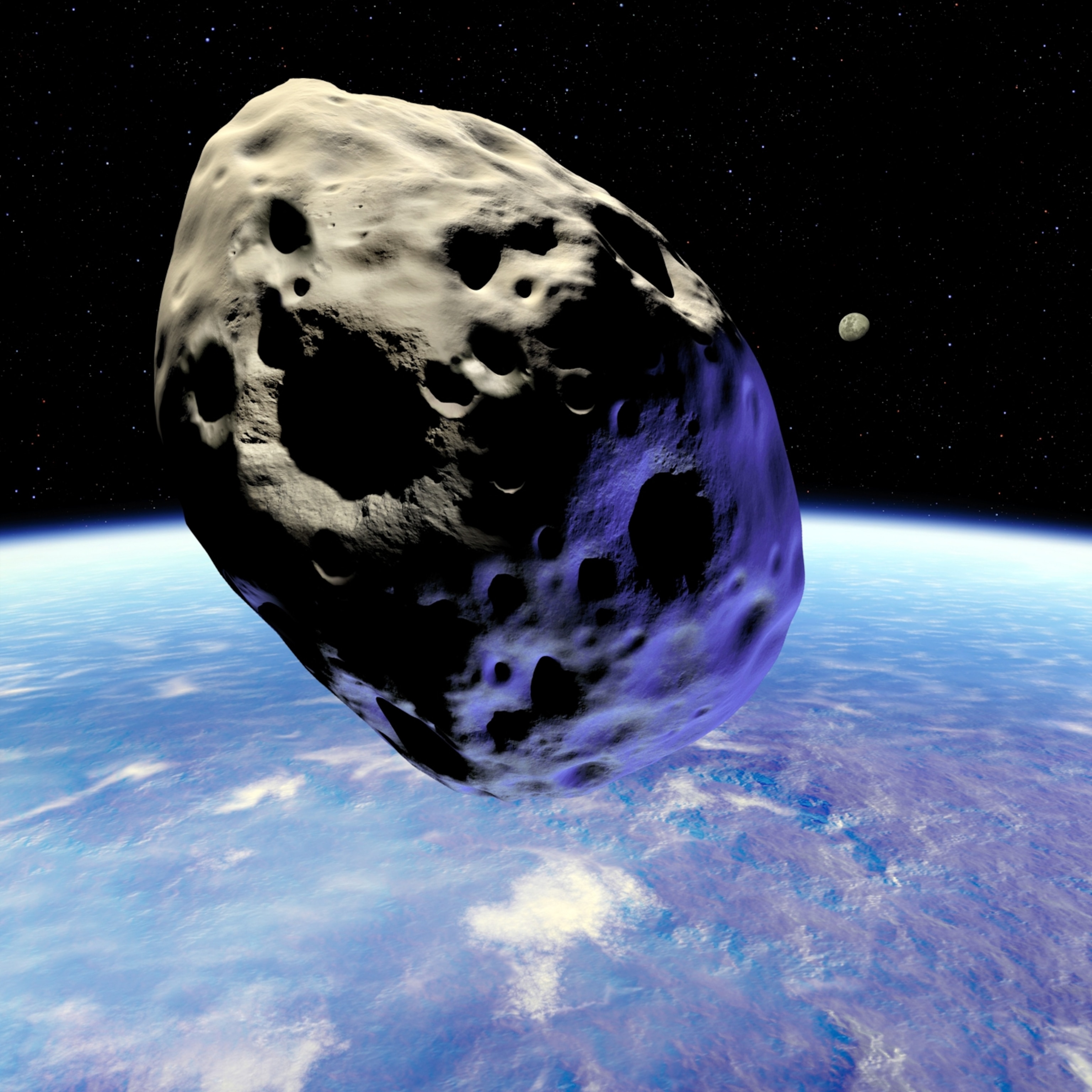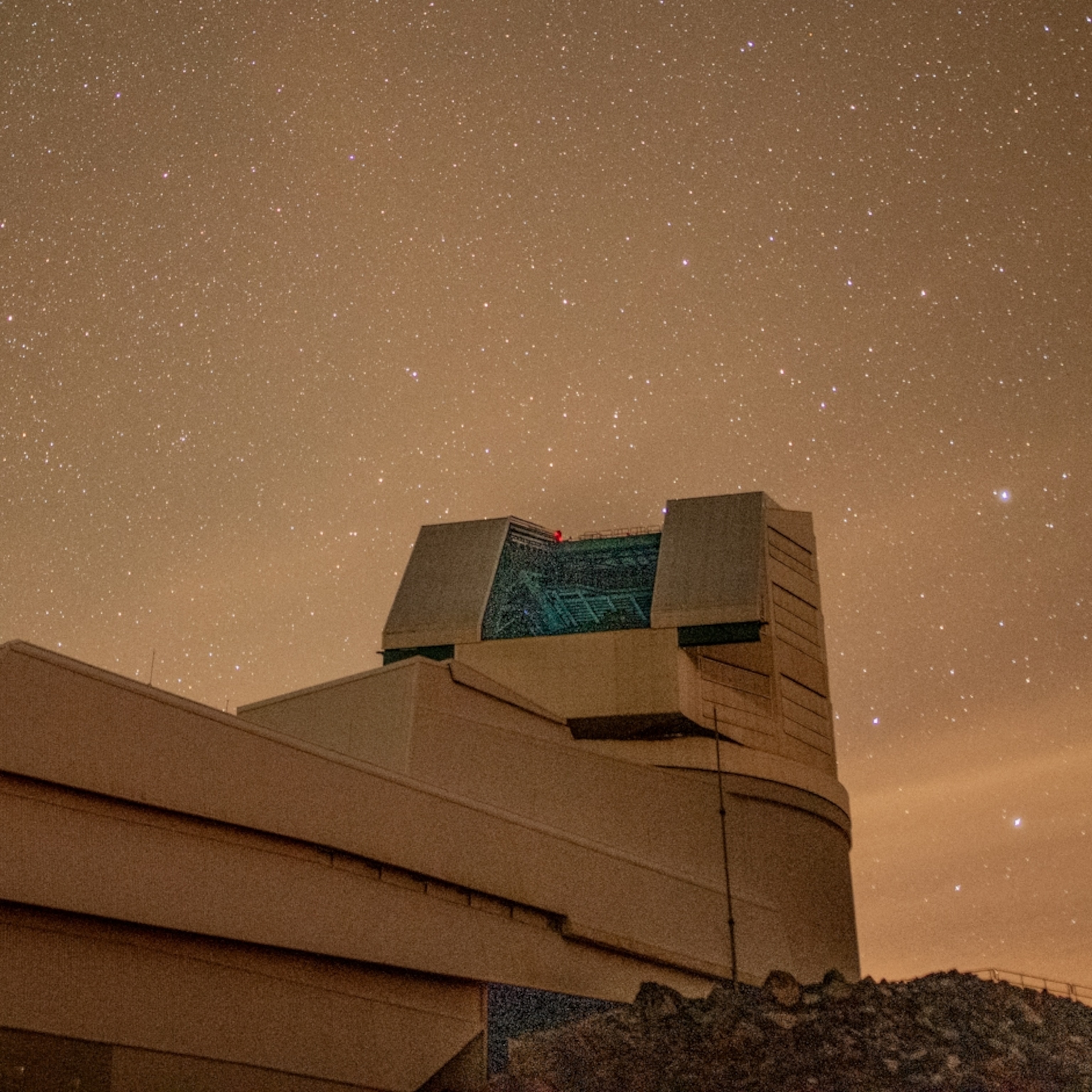
Huge Asteroids Brought Gold to Infant Earth, Study Says
Pluto-size space rocks may have put precious metals in the mantle.
Just as wise men are said to have brought gold to baby Jesus, huge asteroids may have brought gold and other precious metals to infant Earth, new research suggests.
Scientists have long known that there's a mysterious amount of siderophile ("iron-loving") metals in Earth's mantle. Such metals, including gold, tend to affiliate with iron in their liquid forms.
The best explanation has been that some sort of space object brought the elements to the planet just after it formed its core, but the exact nature of the impactor has been a matter of debate.
Based on computer simulations, the new study says that a small number of enormous, random impacts roughly 4.5 billion years ago are the sources of Earth's iron-loving materials.
These impactors were rocky objects left over from our solar system's planet-formation phase. The largest one that hit Earth was roughly the size of Pluto—up to 2,000 miles (3,220 kilometers) wide, the study suggests.
And young Earth wasn't the only recipient: Cataclysmic collisions delivered iron-loving metals to the moon and Mars around the same time, the study authors say. What's more, the impacts may have been the source of water on the moon.
(Related: "Moon's Silver Hints at Lunar Water Origins.")
"These elements are telling us about what was hitting these worlds in sort of the 'last gasp' growth spurt that they had," said study leader William Bottke, of the Southwest Research Institute in Boulder, Colorado.
Impact Odds Like Rolling the Dice
Moon rocks brought back during the Apollo missions led to the now widely accepted theory that the moon formed when a Mars-size object crashed into early Earth.
Energy from the impact would have spurred the still forming Earth to develop its mostly iron core. When this happened, iron-loving metals should have followed molten iron down from the planet's mantle and into the core.
But we know that gold and other iron-lovers are found in modest abundances in Earth's mantle. (Explore Earth's insides.)
Using a mathematical approach called Monte Carlo analysis, Bottke's team calculates that iron-loving metals were delivered in a limited number of massive impacts that just happened to miss the moon.
In cross section, the moon is about one-twentieth Earth's size, so one might expect the moon to have one-twentieth as many precious metals in its mantle, if the materials were delivered by impacts.
That's because, if millions of impacts had occurred, the odds of objects hitting Earth and the moon would likely have evened out to sustain the 1-to-20 ratio.
Instead, the moon has one-thousandth as many iron-loving metals as Earth. According to the study, published this week in the journal Science, those odds can be explained if a limited number of massive impactors were involved.
A lucky roll of the dice could easily have meant that a huge object missed the smaller moon but smashed into Earth—creating the metal discrepancies we see today.
Asteroid Belt Puts Proof in the Pudding?
"It's a cute result, but how do you prove such a thing?" Bottke said. The key, he thinks, is to look at the existing remnants of planet formation in our solar system, aka asteroids.
In the inner asteroid belt, the three largest space rocks—Ceres, Pallas, and Vesta—range from 300 to 600 miles (483 to 966 kilometers) across.
These bodies are much larger than the biggest of the rest, which measure only 150 miles (241 kilometers) across, and no "in between" sizes seem to exist.
"Most of the mass is in the biggest objects," Bottke said. "It's a top-heavy size distribution that is consistent with the kinds of populations needed to make what we see on the Earth and moon."
Martian craters tell a similar tale. The sizes of the oldest impact basins on the red planet appear consistent with a theory that Mars was hit by a population of space objects dominated by a few large asteroids, Bottke said.
(Related: "Texas-Size Asteroid Slammed Early Mars, Studies Say.")
Weak Links in Chain of Speculation?
While the theory is intriguing, planetary scientist Jay Melosh of Purdue University said he isn't quite convinced.
"This is a darn good group of people," Melosh said of the study's authors. "But I find this theory really speculative, and I think some of the links in this chain of speculation are quite weak."
For instance, Melosh notes—and the study authors agree—such massive space rocks would themselves have formed cores, which would have trapped their gold and other iron-loving metals.
"The problem, then, is how the impactors' cores gave up their gold and re-implanted it into the mantles of the Earth and Mars," he said. "The only way this can happen is if the metallic iron of the impactor core is oxidized"—but that would require an abundant source of oxygen, which most models of early Earth don't include.
"So what they need to provide is some mechanism for getting those elements out of the [asteroids'] cores and into the mantle of the Earth," he said. "A mechanism for that is not at all easy and very hard to understand."
The study addresses this problem with simulations showing that the projectiles may have plowed entirely through early Earth—still largely molten—and come out the other side in highly-fragmented states, raining debris back down on the surface over an extended period.
"This allows big collisions to deliver lots of material, but in a manner not so different from small-body accretion," study leader Bottke said. (Related: "Comet Swarm Delivered Earth's Oceans?")
But Purdue's Melosh also thinks it's possible gold exists in Earth's mantle due to unknown but orderly chemical processes and not random collisions.
"Observations show that concentrations of these elements on Mars and Earth are about the same, and the moon is a lot lower," he said. "What the model does is make this a complete accident, a matter of who got hit by what and when."
"It might indeed be completely accidental," Melosh said. "But the fact that Earth and Mars come out nearly the same strongly suggests that it's not accidental."








